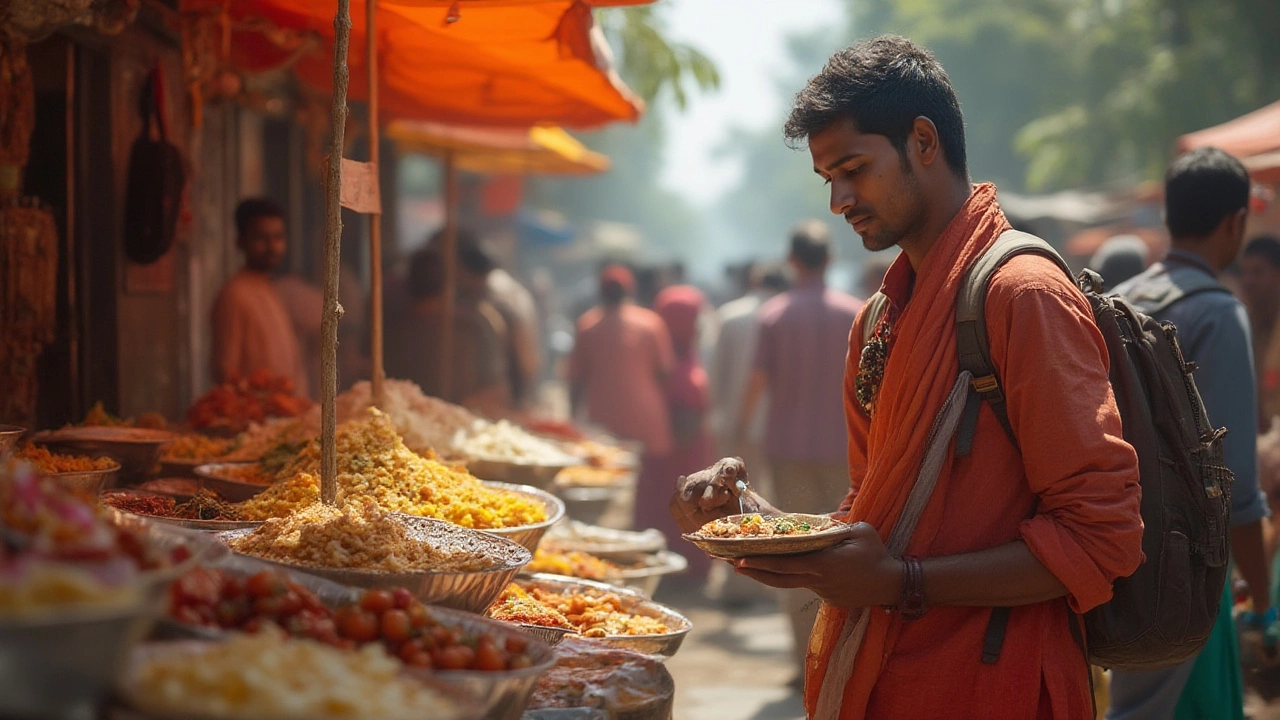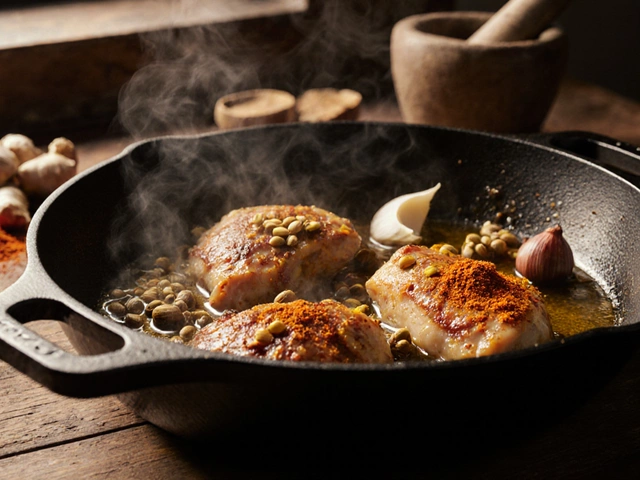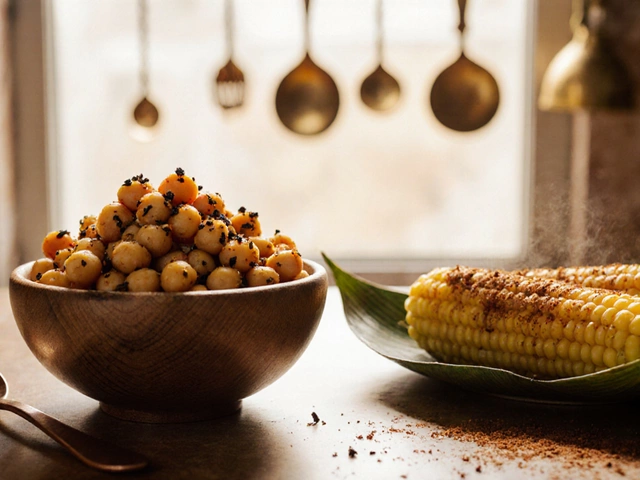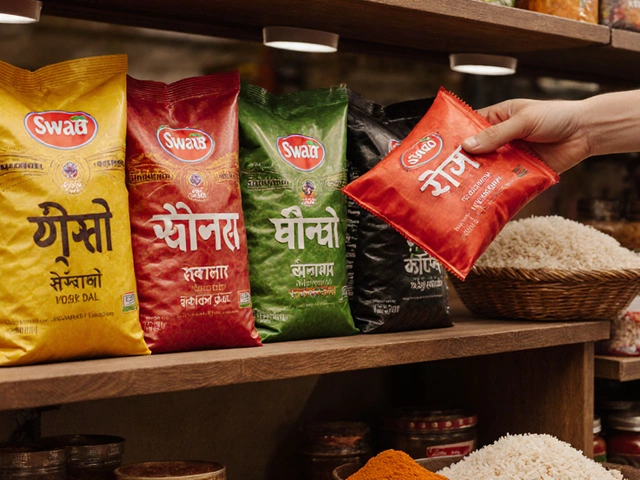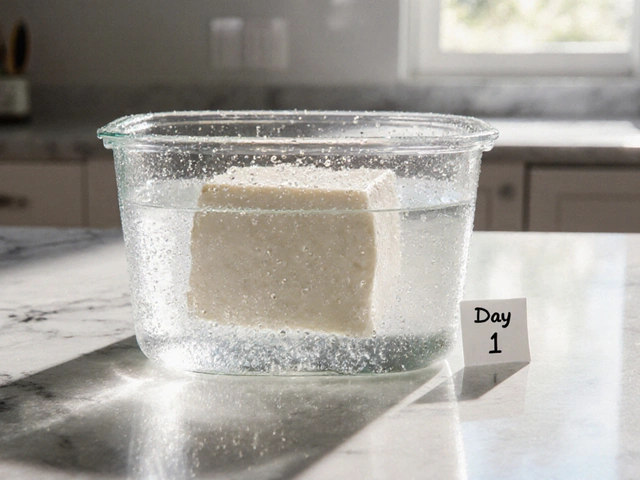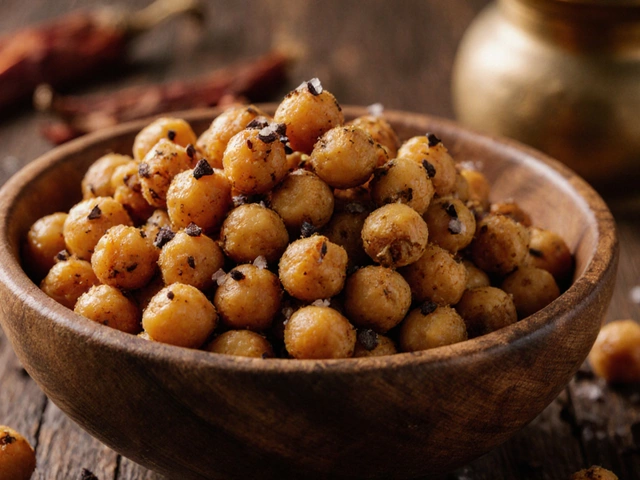Spicy curries, sizzling chaat, delicious biryanis—India’s food scene is a wild roller coaster of flavors. But not every dish or snack is your friend, especially if you’re new to Indian cuisine or you’re visiting from abroad. The truth? India’s food can be as risky as it is tempting, especially if you don’t pay attention to where and what you eat. Delhi belly isn’t just a rumor—it’s a rite of passage for far too many tourists. Let’s get clear-eyed about what not to eat in India if you want to fully enjoy your trip, minus those emergency bathroom visits.
Raw and Unwashed Foods: The No-Go Zone
Pictures of bustling produce markets and freshly chopped fruits can make anyone’s mouth water. But here’s a not-so-cute fact: fresh fruits and veggies, especially when sold pre-cut or raw by street vendors, are top offenders for foodborne illness in India. Water is the culprit—local tap water is rarely safe for foreign tummies, and it’s often used to rinse or even soak fruits and lettuce right on the street. Forget the tempting mango slices or watermelons piled on crushed ice, especially in summer. That ice? Probably made from tap water too. It only takes one contaminated slice to ruin your week.
Experts at the Indian National Centre for Disease Control warn against eating sprouts, salads, or unpeeled fruits on the street. Sticking with whole fruits you can wash and peel yourself—think bananas, oranges, or pomegranates—can save you tons of trouble. According to a 2019 study, nearly 36% of gastrointestinal outbreaks in tourists traced back to contaminated produce, not meat or dairy. Make hygiene your top priority and never assume the glistening apple was washed in mineral water.
The Street Food Dilemma: Delicious but Risky
If you’re the kind of traveler who loves grabbing a bite from a street cart, you might want to hit pause. Sure, street food is the beating heart of Indian cities, but not every stall follows proper hygiene. Some have fame for a reason, while others rely on recycling leftover oil or reusing grimy plates. The Centers for Disease Control and Prevention regularly include busy Indian metropolises in their annual “risky snacks” study. One of the glaring problems? Contaminated oil and sauce containers that never see soap and water.
It’s not about giving up all street food—it’s about choosing wisely. Go where there’s a line of locals; avoid slightly wilted snacks left to sweat in the sun. Pakoras or samosas fresh from bubbling oil? Safer than papdi chaat swimming in yogurt sitting out for hours. Lean towards cooked, piping-hot foods. Still, there’s no such thing as ‘zero risk’—think twice about pani puri, golgappe, or raw chutneys. Every year, thousands of visitors to India end up reporting food poisoning after sampling questionable snacks. Stick to places that look clean, busy, and popular—even better if they let you watch your food being made to order. And if you have a sensitive stomach, skip the street food entirely, for your own comfort.
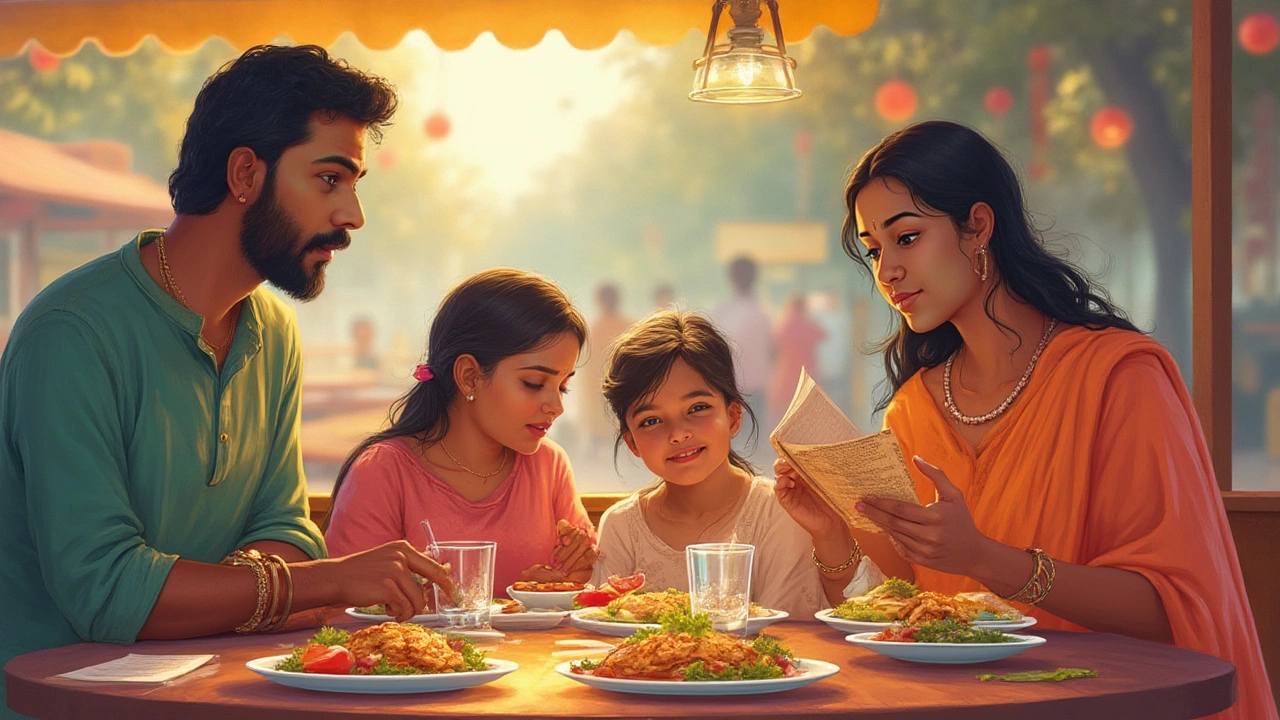
Dairy and Cold Drinks: The Chilling Facts
No one tells you how tempting lassi, kulfi, or creamy milkshakes can be on a scorching Indian day. But here’s the thing: dairy products are a breeding ground for bacteria, especially in places where refrigeration can’t be trusted. In 2022, The Food Safety and Standards Authority of India (FSSAI) flagged nearly one in ten milk samples tested roadside in major cities as ‘unsafe’ for consumption, mostly due to adulteration or poor storage.
Avoid anything with ice unless you’re dead sure it’s made from purified water—most isn’t, especially outside high-end restaurants. That cold glass of sugarcane juice on the roadside? Skip it. Juice blenders and dispenser surfaces are rarely cleaned with clean water, and the cups used are often washed with water straight from the tap. For bottled drinks, always check the seal. Real-life tip: Many travelers stick to hot chai—boiled milk and water are generally safer. Ultra-pasteurized milk in sealed cartons is fine, but be cautious with cottage cheese (paneer) and other fresh dairy purchased at small eateries.
Branded, sealed ice cream is usually safe. But that kulfi on a stick from a pushcart? Ask yourself how long it sat in a partially melted ice box. Warm temperatures plus dairy equal trouble. If you love cold coffee or lassi, only order it in busy, reputable places with obvious refrigeration.
Meat, Fish, and Eggs: The High-Risk Choices
Carnivores, heads up: India’s variety of meat and seafood dishes can be mouthwatering, but caution is critical. According to the WHO, about 70% of food poisoning cases in India come from poorly cooked or stored animal products. Chicken sold at a corner joint might look tempting, but unless it’s piping hot and cooked in front of you, it’s a gamble. Seafood is an even bigger risk, especially in inland cities far from the ocean. Fish is best eaten in coastal areas where it arrived that morning—cities like Kochi, Mumbai, or Chennai have a better reputation here than, say, Delhi or Jaipur. In some cases, dishes like tandoori fish or prawn curry can sit for hours in balmy temperatures. That’s just asking for trouble.
Avoid raw or lightly cooked eggs, omelets, and mayonnaise from roadside stalls. Half-fried eggs or sunny side up, sold in the open, hold surprise colonies of bacteria. Stick to boiled or fried options from high turnover restaurants. Always look for fresh, cooked meat, and never eat anything that seems old or was likely reheated. A lot of local eateries use yesterday’s curry base to make today’s dishes after simply reheating. No thanks. If you ever feel suspicious about color, smell, or taste—leave it.
| Food Item | Percentage Involved in Illnesses (2023) |
|---|---|
| Raw fruits & salads | 36% |
| Street-cooked foods | 28% |
| Dairy & cold drinks | 17% |
| Meat & seafood | 19% |
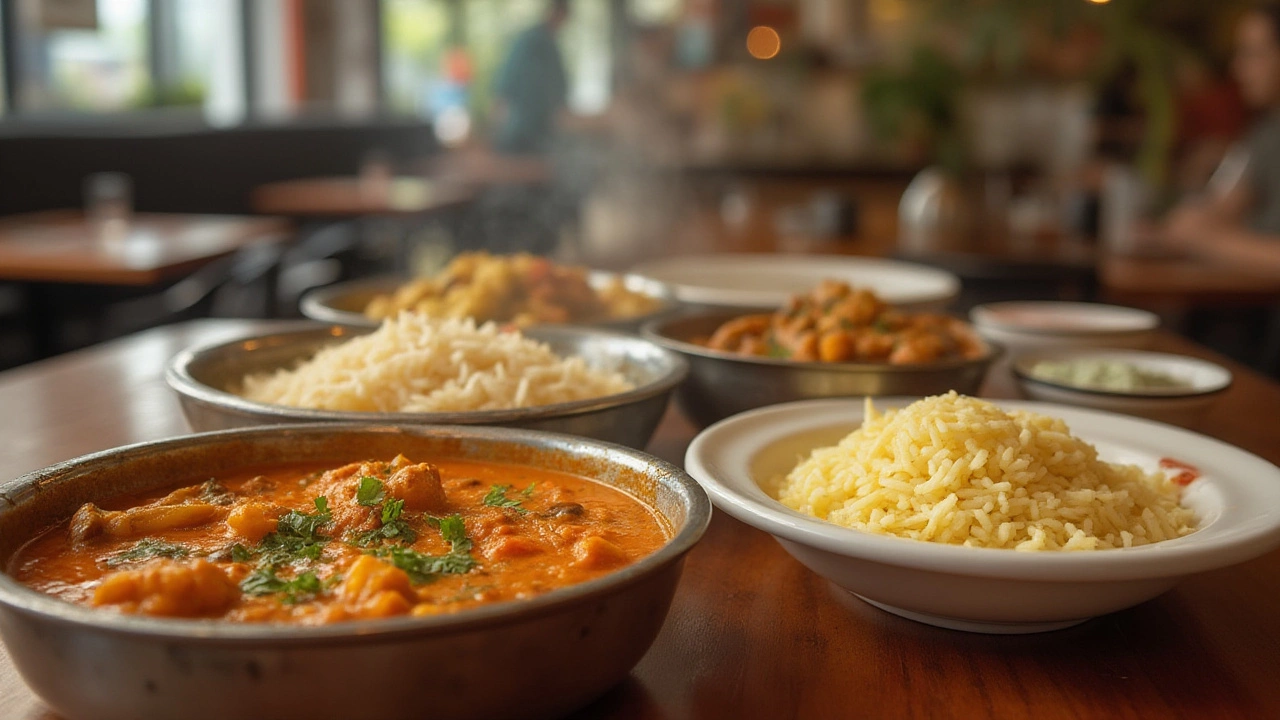
Tap Water, Ice, and Trick Hazards
If there’s one rule that trumps all others—never drink tap water in India. Not for brushing teeth, rinsing your mouth, or even as the base for tea unless you’re sure it’s been boiled. Bottled water is your best bet, but always check the seal before opening—a shockingly high number of street-side bottles are simply old bottles refilled from the tap and “resealed.” Play it safe and buy from reputable stores. This counts for ice too. Iced drinks in a fancy hotel: usually fine. At a roadside stall: don’t risk it. Even in popular tourist spots like Goa or Varanasi, ice cubes are made from unfiltered water more than half the time, according to a 2021 local tourism report.
Even sauces at the table deserve skepticism. That green chutney? It’s probably raw coriander and mint blended with tap water. Unless you’re at a well-rated, busy restaurant, avoid sauces, salsas, and dips sitting out in the open. Prefer packaged sauces when given the choice. And keep an eye on your hands! Wash with soap before you eat, use sanitizer when in doubt, and stay wary of reusable cloth napkins. The devil’s in the details—everything from the plate to the cup is a potential risk when not properly cleaned.
- Always peel fruit yourself—never trust ready-sliced roadside fruit.
- Drink only bottled, sealed water and beverages.
- Skip the ice unless in a reputable, upscale location.
- Stick with freshly cooked, steaming hot meals.
- Avoid raw sauces and dips unless you’re sure of the water source.
So, if you want to avoid spending your vacation running between hotel bathroom and pharmacy, just remember one golden rule: when in doubt, say no thank you. The adventure’s in the flavors, not in the ambulance rides.
